Despite what a layman may think, boxing gloves come in many shapes, sizes, and forms, and the details matter when choosing a pair. Not as much as manufacturers vying for your hard-earned bucks want you to believe, but details and features do matter, especially once you are past the beginner stages.
As someone who has been punching people for more than a decade and testing gloves for the last couple of years, I will help you understand the different types of boxing gloves, what each is designed to do, and what they can do in reality.
Different Types Of Boxing Gloves
Training Gloves
The reality is that most people, especially beginners, buy a single pair of gloves and use them for everything in the gym, from bag training to partner drills to sparring.
Many models are multi-purpose gloves are manufactured to be versatile, but gloves are also designed for specific training areas.
Here is the intended use of the manufacturer’s most common types of boxing gloves and how people often use them in reality.
Sparring Gloves
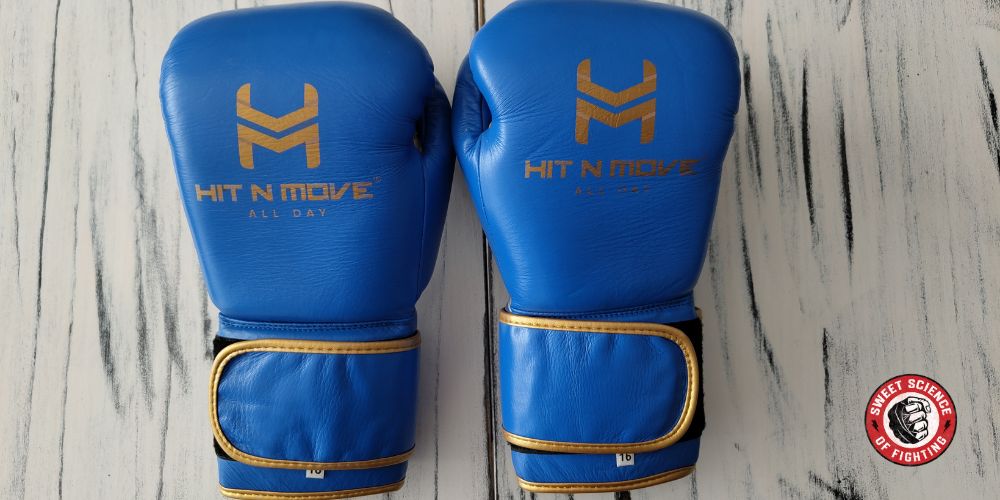
Dedicated sparring gloves weigh 14 or 16 ounces and have lots of soft padding. A sparring glove protects your training partners and prevents internal brain trauma and superficial damage.
This is why sparring gloves are bigger and softer than other types, with a lot of cushioning around the knuckles.
Soft sparring gloves should not be used on heavy bags because the softer padding gets deformed and smashed quickly, significantly decreasing their life and use for sparring.
My favorite sparring gloves are the Hit N Move Balance gloves in 16 ounces, but Winning, Cleto Reyes, Hayabusa, Rival, and other brands also make superb sparring gloves.
Often, only high-end models are true sparring gloves, and they are lace-ups. You can see pro boxers spar with such gloves, but a 14 or 16-ounce all-rounder Velcro glove is perfect for most regular practitioners.
Bag Gloves
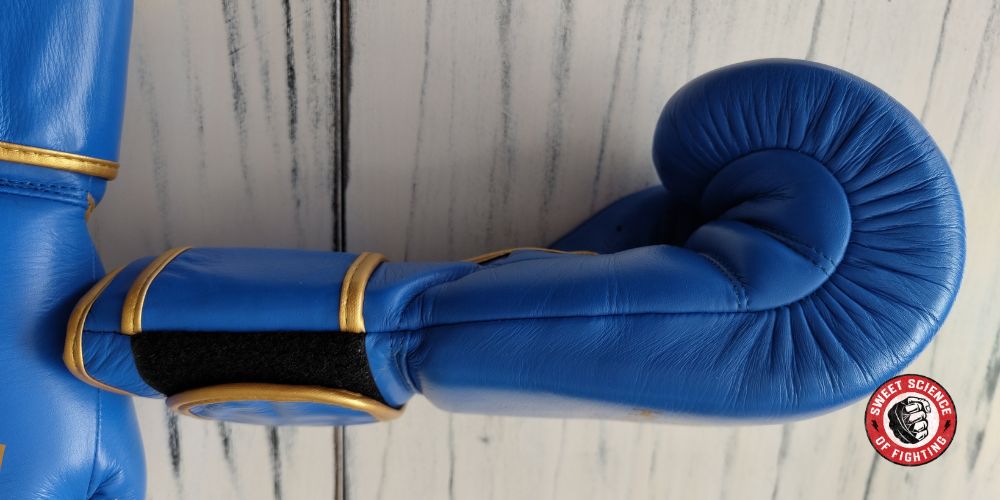
Most people use just a regular pair of gloves on the heavy bag, but there are dedicated models specifically for the purpose that aim to provide maximum hand protection on top of a good punching feel.
Bag gloves have much more rigid and denser padding, which gives you more feedback when you punch.
The padding is also significantly more durable and can withstand more punishment before the protective qualities diminish noticeably.
But this hard padding also makes bag gloves unsuitable for sparring.
Bag gloves often have sophisticated wrist locking systems, including plastic or metal parts, making them unusable with a partner.
Only so many dedicated heavy bag gloves are not bag mitts, and few outside pro fighters invest in a pair.
Often, it’s enough to use an older pair that is no longer good enough for sparring but offers enough protection for heavy bag pummeling.
You can find our in-depth breakdown of the best heavy bag gloves here.
All-Round Gloves
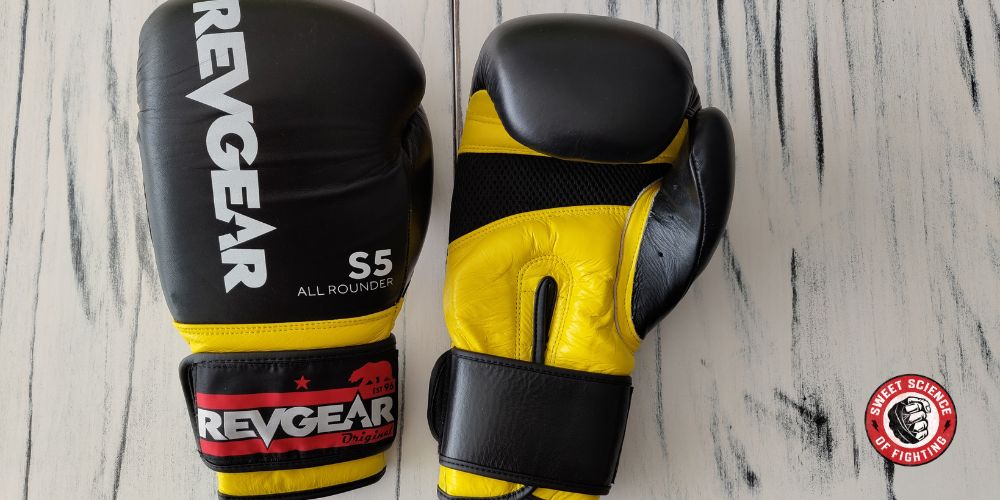
Many contemporary boxing gloves are all-around gloves created to be used for all training purposes. They are soft enough to be used for sparring but also have dense enough padding to withstand a reasonable amount of heavy bag training.
They are also perfectly suitable for partner drills, pads, and all other exercises you might want to do.
Buying good all-around gloves is the best solution for most people because you don’t need to invest in multiple pairs and won’t have to change pairs during practice.
These are also often called training gloves and come in different sizes, from 10 to 16 ounces, so picking up the right size depending on your needs, experience, and weight is important.
Bag Mitts
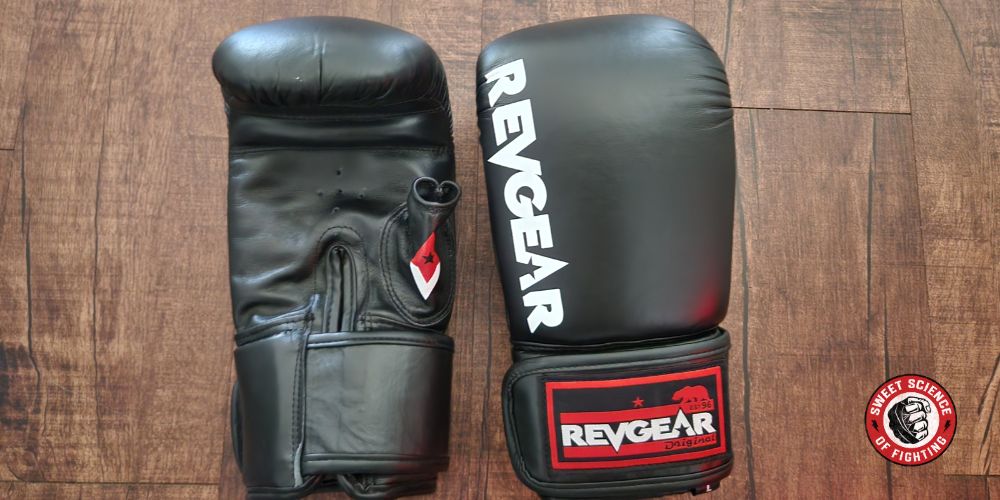
Bag mitts are small, thin gloves with a free thumb. They were widely used early in the 20th century, but few people stick to them today, even though some great models exist.
The premise behind bag mitts is that they offer little protection and stability, meaning you have to punch with proper form and alignment and be careful how you land. This improves overall punching technique and conditions the entire hands.
The downside is that this can be dangerous, and the chance of an injury is much higher. Some models are old-school and thin, while others still place a decent amount of padding on the knuckles and have Velcro wrist support.
I am a proponent of bag mitts, but most people avoid them, and if you have some wrist or knuckle problems, you should too.
Sport-Specific Boxing Gloves
In addition to boxing gloves defined by their intended use, there are more subtle differences in gloves designed for combat sports.
The differences are not in materials or weight but in small features corresponding to the specific demands of the sport, be it boxing, Muay Thai, or kickboxing.
Boxing Gloves
Gloves designed for boxing have more padding on the knuckles because this is the only area you can strike with and defend against. There is less padding on the top and sides of the gloves for this reason.
Traditional boxing gloves also have longer cuffs and much stiffer wrist protection provided by padding on the inside of the wrist and up the forearm. Good boxing gloves create a brace on the hand and wrist.
Muay Thai Gloves
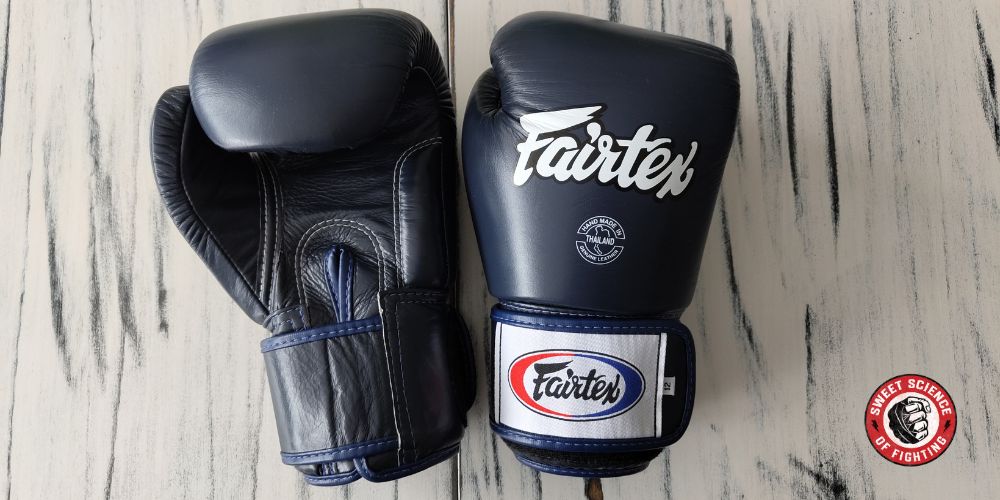
Muay Thai includes a lot more elements than boxing, and the gloves used in the art of eight limbs reflect that.
The padding in Thai-style gloves is more evenly distributed around the glove, with much more placed on the top side of the glove and the outer edge of the palm because of the danger of barebone strikes in the form of kicks, knees, and elbows.
Clinching is also a crucial element of Muay Thai, so Thai gloves have wider palms and differently placed thumbs to allow better grips.
For the same reasons, the finger compartment is longer but less rigid to allow easier hand opening for better control in the clinch or on caught kicks.
The wrist cuff is also designed with clinching in mind and is noticeably shorter to allow mobility in the wrist. In stark contrast with boxing gloves, where wrist support is paramount, almost zero movement exists in the area.
You can find our in-depth breakdown by a professional Muay Thai fighter of the best Muay Thai gloves here.
Kickboxing Gloves
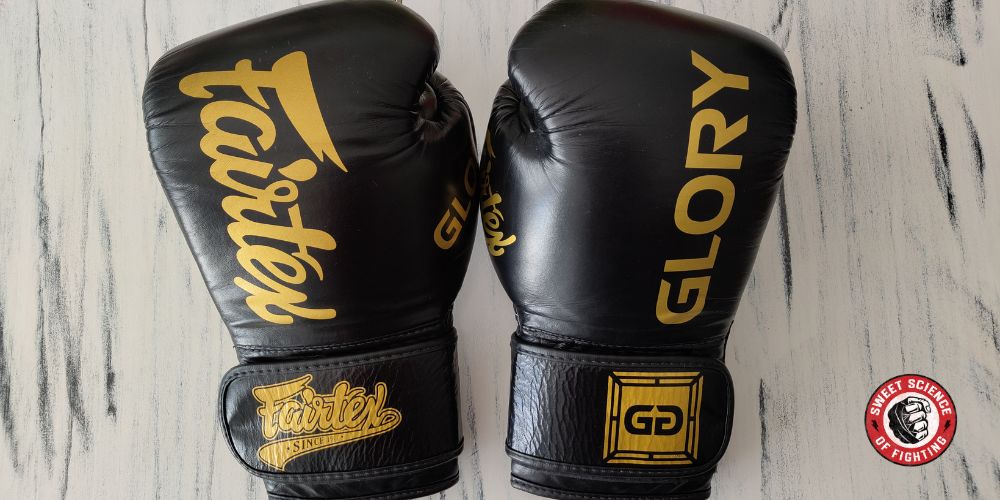
Kickboxing gloves sit somewhere in between boxing and Muay Thai gloves. There are kicks in kickboxing but no clinching, which means more padding on the sides for blocking is welcome in a glove, but too much wrist mobility and the ability to grip are not.
There are few dedicated kickboxing gloves like my favorite Fairtex Glory model, and they are more like boxing gloves than Muay Thai ones.
You can find our in-depth breakdown of the best kickboxing gloves here.
Hybrid Gloves
More and more gloves on the market today are hard to put into a specific category. The hugely popular Hayabusa T3 model, the Revgear S5, the Byakko gloves, most Venum models, and many others have various features that are not inherently boxing or Muay Thai-oriented.
Competition Gloves
Amateur Competition Gloves
Usually, you don’t have to concern yourself with amateur competition gloves, but knowing what they are is still good. They are typically provided by the event organizer or the governing federation, so all event competitors use the same model.
Amateur boxing has very specific requirements for competition gloves in size, design, and color. Male competitors fight with 12-ounce gloves, while females and the lowest male weight classes use 10 ounces, and the gloves are always blue and red.
In other sports like Muay Thai and kickboxing, the exact model and specifications are not so tightly regulated, but the size is still 10 or 12 oz.
Pro Competition Gloves
Unlike sparring gloves, competition gloves are designed to protect the hands of the puncher but deal more damage to his opponent. This refers mainly to professional boxing, where each fighter can choose his own gloves.
They still go through inspection and must be the same weight as the opponent’s, usually 10 ounces, but the features, density, and hardness can vary wildly.
What doesn’t change, though, is that all pro-fight gloves are lace-ups because this closure system provides the best wrist support.
Some boxers have problems with their hands and prefer more protective gloves, but most choose puncher gloves, which will bring the hurt to their opponents.
Most use foam, but some even have horse hair inside, like the popular Everlast MX, often used in pro fights.
The horse hair disperses and compresses quicker, making the gloves more damaging. Other types of padding in fight gloves are squishier than in training gloves, with much less cushioning and much more feedback than in training gloves.
In other combat sports like Muay Thai and Kickboxing, there usually isn’t such a distinction between training and competition gloves other than size and closure.
For example, the competition gloves in Glory Kickboxing and ONE FC, both made by Fairtex, are the same as the training model, just with laces and 10 ounces. But the padding type and structure are the same in the 10 and 16-ounce versions.
How To Choose The Right Type Of Boxing Gloves
Many factors go into choosing a pair of boxing gloves, including the type. As you have seen, there are many different types and styles of gloves, so the first step is to know what you need.
To read more about how to choose the right gloves, read our in-depth breakdown of the best boxing gloves here.
For most people, choosing a training glove that you can use for everything is the best option. Go for 14 ounces so you can spar safely with them, or 16 ounces if you are heavier.
Then, if you train in boxing, choose gloves with boxing features. If you do Muay Thai, buy Thai-style gloves.
A huge part of this is personal preference. While you will be required to spar with 14- or 16-ounce gloves, the type depends on preference. Some people like the wrist protection of boxing gloves and use them for Muay Thai. Others do it the other way around.
There are no requirements for heavy bag training and pad work, so the choice is entirely up to you. That said, it’s good to consider what other people are doing and draw on their experience.
For sparring and partner drills, some prefer big, bulky, super-protective gloves; others, like me, choose more compact models with more feedback.
Reading guides are an excellent way to know what is on the market and how to distinguish different features, but you may have to try a few pairs and learn what you like.

